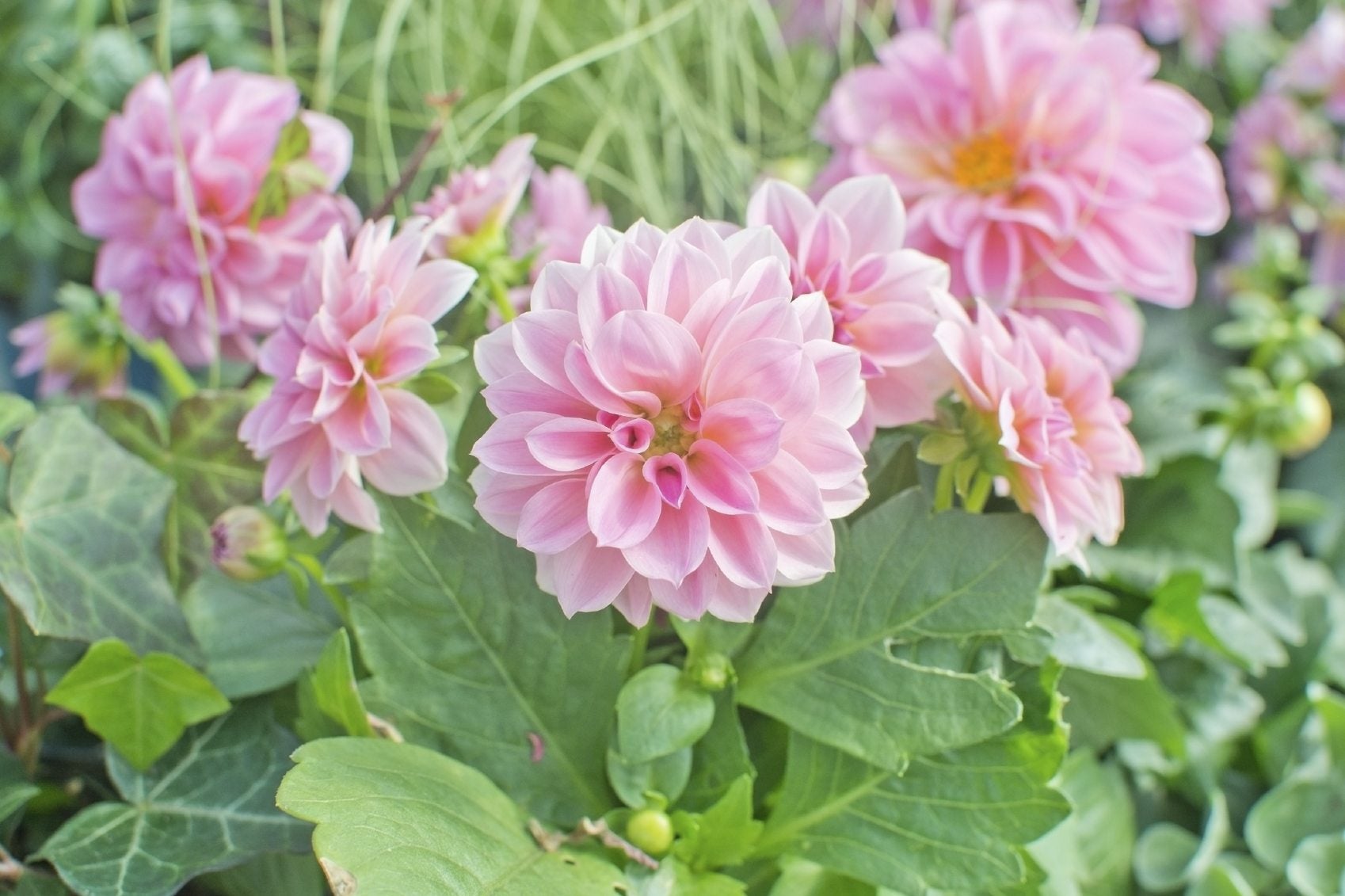Tender Dahlia Plants – Are Dahlia Flowers Annual Or Perennial


Are dahlia flowers annual or perennial? The flamboyant bloomers are classified as tender perennials, which means they may be annual or perennial, depending on your plant hardiness zone. Can dahlias be grown as perennials? The answer, again, depends on your climate. Read on to find out the real story.
Can Dahlias Be Grown as Perennials?
Perennials are plants that live for at least three years, while tender perennials won’t survive cold winters. Tender dahlia plants are actually tropical plants, and they are perennial only if you live in USDA plant hardiness zone 8 or higher. If your hardiness zone is 7 or below, you have a choice: either grow dahlias as annuals or dig the tubers and store them until spring.
Growing Dahlias Year Round
In order to get the most out of your dahlias, you’ll need to determine your hardiness zone. Once you know which zone you’re in, the following tips will help in growing or keeping these plants healthy and happy each year.
- Zone 10 and above – If you live in zone 10 or above, you can grow dahlia plants as perennials. The plants require no winter protection.
- Zone 8 and 9 – Watch for foliage to die back after the first killing frost in autumn. At this point, you can safely cut the dead foliage to 2 to 4 inches (5-10 cm.) above the ground. Protect the tubers by covering the ground with at least 3 or 4 inches (8-10 cm.) of bark chips, pine needles, straw, or other mulch.
- Zone 7 and below – Trim the dahlia plant to a height of 2 to 4 inches (5-10 cm.) after frost has nipped and darkened the foliage. Dig clumps of tubers carefully with a spade or garden fork, then spread them in a single layer in a shady, frost-free location. Allow the tubers to dry for a few days, then brush off loose soil and trim the stems to about 2 inches (5 cm.). Store the tubers in a basket, paper bag, or cardboard box filled with moist sand, sawdust, peat moss, or vermiculite. (Never store the tubers in plastic, as they will rot.) Place the container in a cool, dry room where temperatures are consistently between 40 and 50 degrees F. (4-10 C.).
Check the tubers occasionally throughout the winter months and mist them lightly if they begin to look shriveled. If any of the tubers develop soft spots or begin to rot, cut off the damaged area to prevent the rot from spreading to other tubers. Note: Zone 7 tends to be a borderline zone when it comes to overwintering dahlias. If you live in zone 7b, dahlias may survive the winter with a very thick layer of mulch.
Sign up for the Gardening Know How newsletter today and receive a free copy of our e-book "How to Grow Delicious Tomatoes".

A Credentialed Garden Writer, Mary H. Dyer was with Gardening Know How in the very beginning, publishing articles as early as 2007.